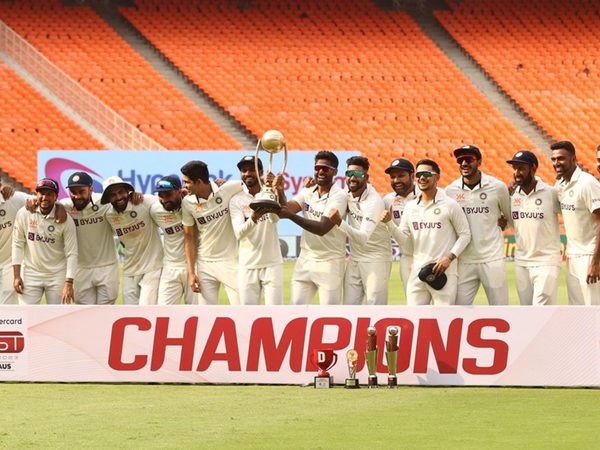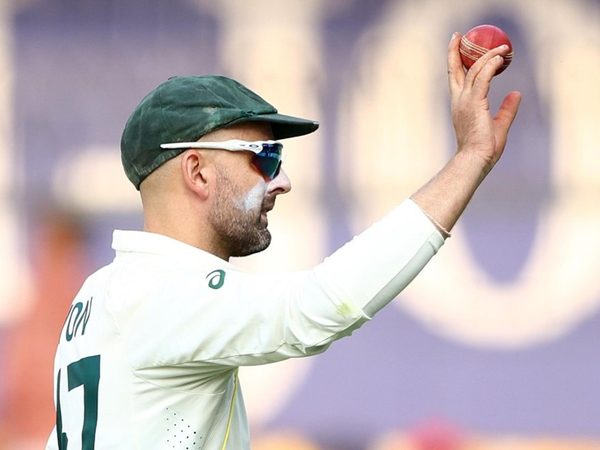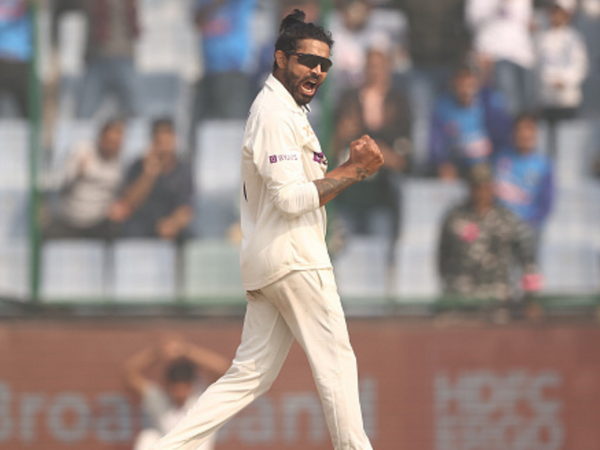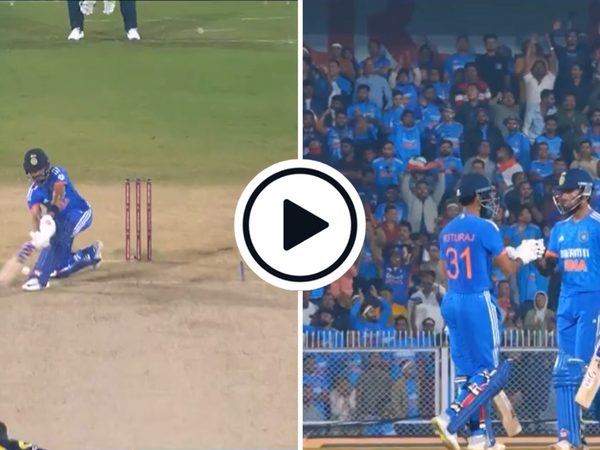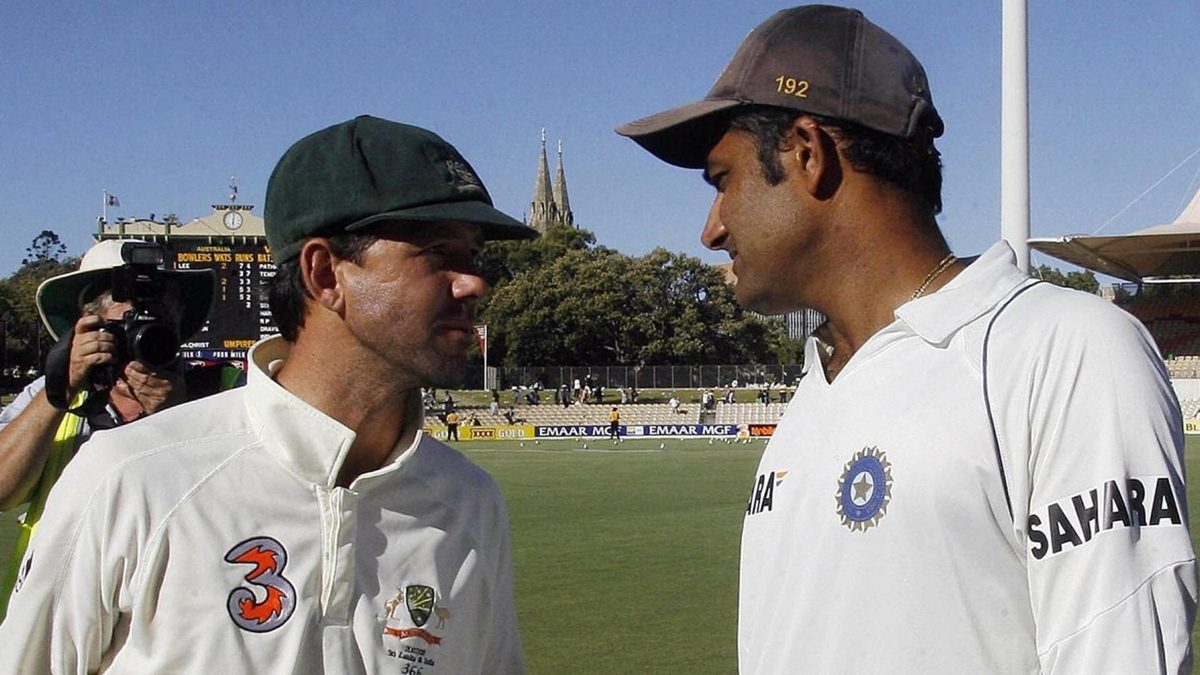
The Border-Gavaskar Trophy is the greatest Test cricket rivalry of the 21st century, writes Abhishek Mukherjee.
The Ashes has a longer history, and India-Pakistan has its heightened emotions. But there’s no competing with the Border-Gavaskar Trophy in a modern context. First, the numbers.
India and Australia have played 52 Test matches since the inception of the Border-Gavaskar Trophy, as well as a one-off Test match in Delhi in 1995/96 – the most between any two sides after the 71 Ashes Test matches.
India have won 22 of these Tests and Australia 19, making India the only team to have won more Tests than they have lost against Australia over this period.
For perspective, South Africa, the team with the next best record, have a win-loss ratio of 0.565 (13 wins, 23 defeats), followed by England’s 0.512 (20 wins, 39 defeats). India’s ratio stands at 1.157.
Over this period, Australia had broken the West Indies’s world record streak of 11 consecutive Test match wins, stretching it to 16. This included a 3-0 sweep of India at home to clinch the Border-Gavaskar Trophy for the first time after losing 0-1 in 1996/97 and 1-2 in 1997/98 in India.
But India ended their run at Kolkata in 2000/01. This was no ordinary win, for India set only the third instance in the history of Test cricket where a team won after being asked to follow on. They went on to clinch the series.
There is little doubt over the fact that the Australian team was one of the strongest of all time. Between the 1999/00 tour of Sri Lanka and the 2005 Ashes, the 2000/01 series in India was the only one they lost.
When India returned to Australia in 2003/04, they had history stacked against him: they had lost seven of their previous eight Test matches in the country and drawn the other.
Now, they returned with a 1-1 draw. Between South Africa in 1993/94 and 2008/09, India were one of only two sides (New Zealand in 2001/02 were the other) to return from Australia without losing the series.
While undoubtedly the best side in the world, Australia faced competition from India – much like Pakistan and New Zealand kept troubling the West Indians throughout the 1980s.
It was time for Australia to turn the table, in 2004/05, by winning their first series in India in 35 years. It was a remarkable achievement, for barring in England in 2012/13, no touring team has been able to win a Test series on Indian soil since then.
After the disappointing 2005 Ashes, Australia reclaimed their mojo, embarking upon another run of 16 consecutive wins. Like the previous streak, the 16th win came against India, in the controversial Sydney Test match of 2007/08.
Yet again they had to stop at 16, for India beat them at Perth, and though they lost the series, they won the the next two, both at home, and both 2-0, in 2008/09 and 2010/11.
This was followed by a curious rendition of the Aesop’s tale of the fox and the stork, where both sides swept the other 4-0 at home, Australia in 2011/12, India in 2012/13. Australia regained the trophy with a 2-0 win in 2014/15 at home.
At this point, the head-to-head stood at 16 wins apiece before India had a hat-trick of series wins, at home in 2016/17, and in Australia in 2018/19 and 2020/21 – their only series wins in the country till date.
It may seem that India have held the upper hand of late, but none of the wins had been easy. Australia had gone one-up in two of the series; and in each case, the series was levelled at 1-1 when the last Test match began.
Across 15 editions, the Border-Gavaskar Trophy has changed hands eight times – more than once every two series. Yet, the rivalry between the two countries used to be anything but intense.
Was it in the name?
Until the rivalry found a name – after the two leading run-scorers in Test cricket at that point – India and Australia had a lopsided equation on the field. Of the first seven Test series between the sides, Australia had won six and drawn one.
India finally beat Australia 2-0 at home in 1979-80 – but that was against a third-string side (not an exaggeration, for Kerry Packer had signed up 28 Australians).
They did draw 1-1 in Australia in 1980/81, but failed to win a single Test match out of six against Allan Border’s young Australian side in the mid-1980s. This came during a phase when Australia lost to New Zealand and England at home, and barring a one-off Test match in Sri Lanka, did not win a series away from home between the Packer era and the 1989 Ashes.
When Australia returned to their best, they routed India 4-0 at home in 1991/92.
Until the trophy was named, Australia had a clear 24-8 lead over India: the 19-22 reversal coincided with the rise of India as a force in Test cricket, first at home, then away.
What makes the rivalry even more special is the fact that the two countries never had a significant shared history – or geographical border – until they started playing Test cricket. Or, more precisely, until they named their Test matches. So it’s not just that India v Australia is the greatest modern Test rivalry. It’s the Border-Gavaskar Trophy, in particular, that has coincided with it becoming so.

